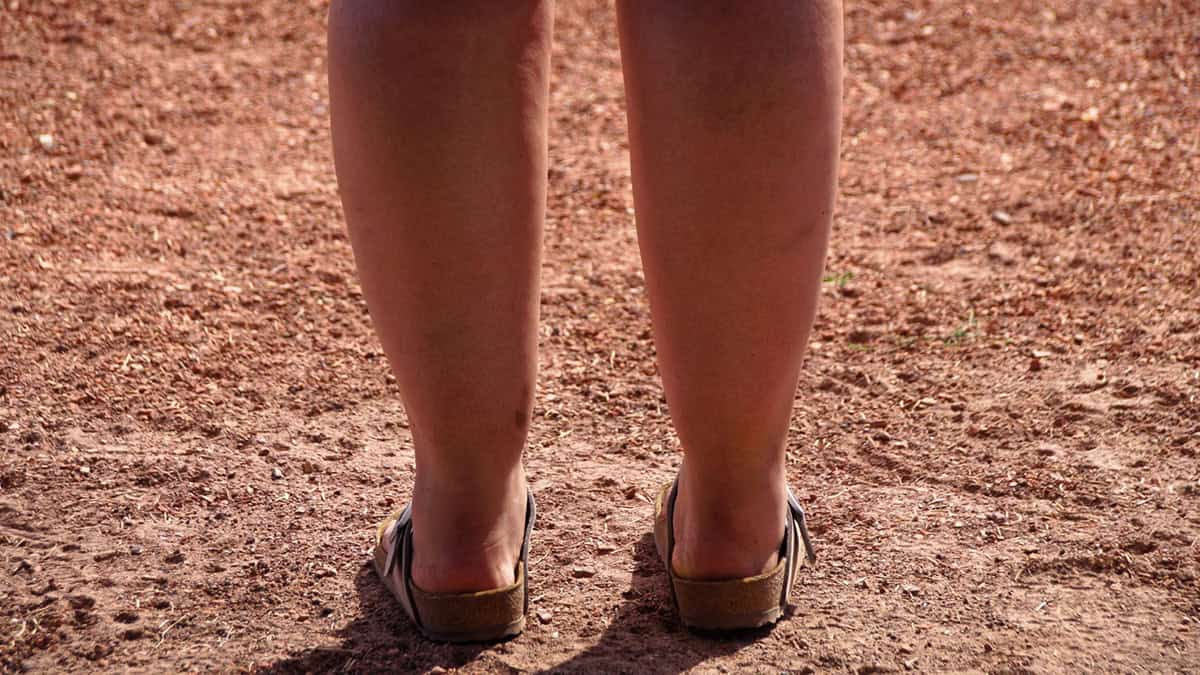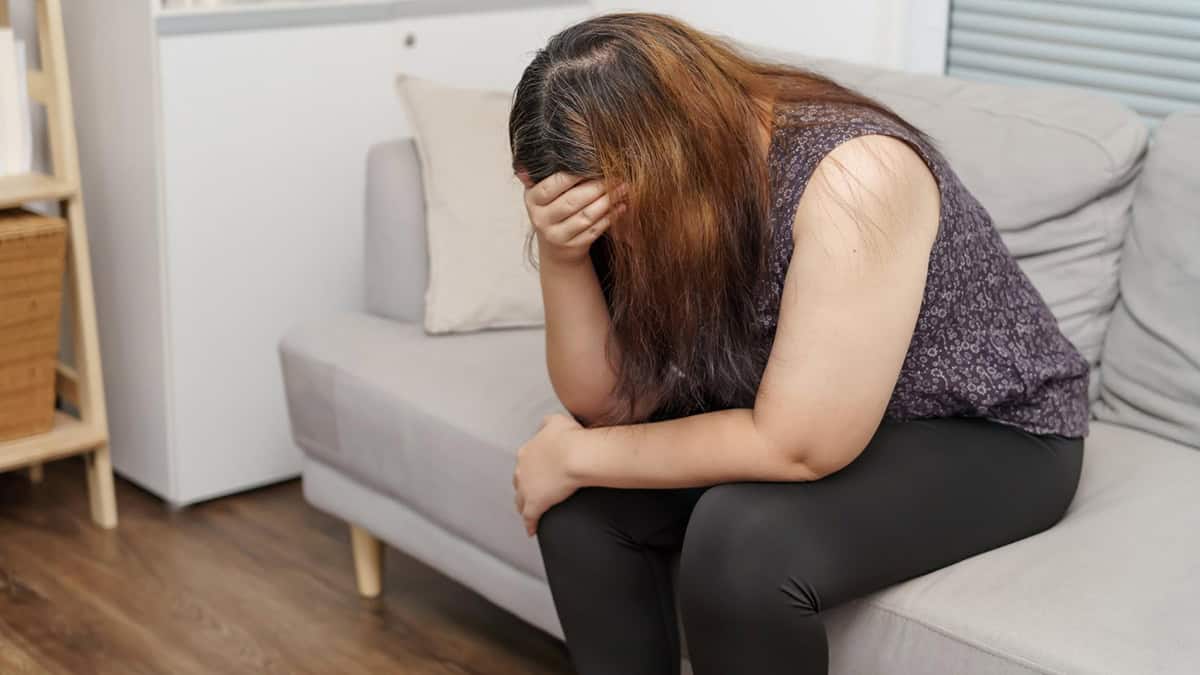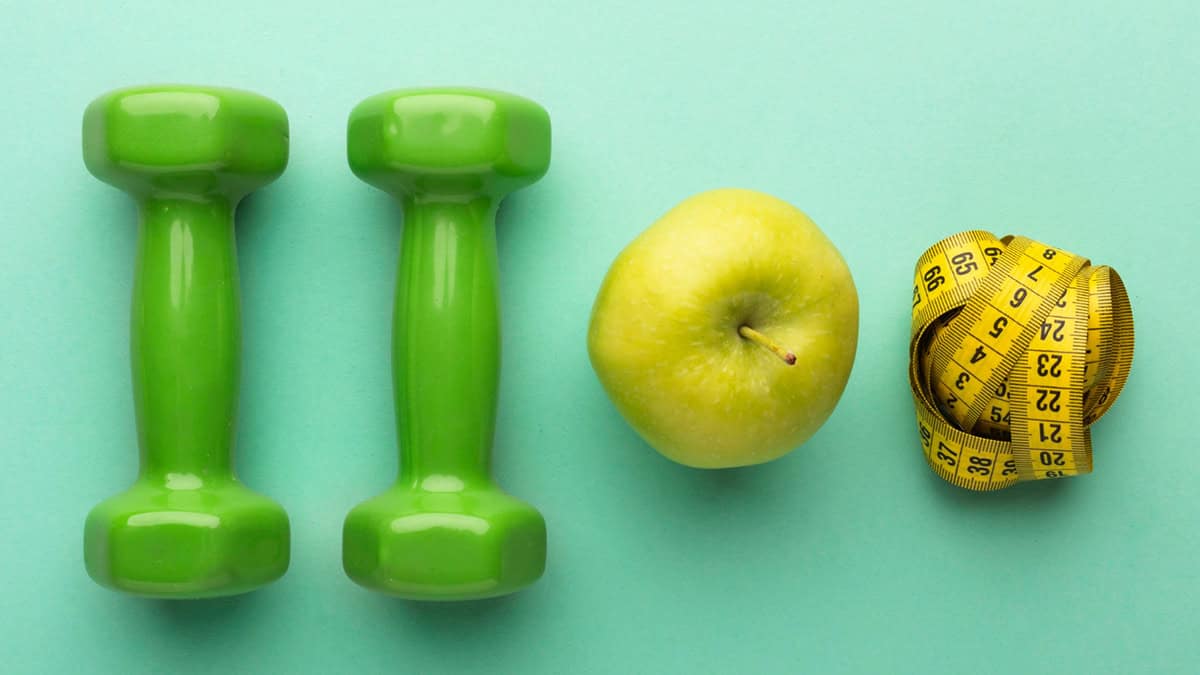Lipoedema: What Is It and How Is It Treated?
Physical Health

Lipoedema is a painful and abnormal build-up of fat, usually on your legs or arms, that affects almost exclusively women. Lipoedema can look like other medical conditions, such as overweight and obesity or lymphedema (swelling due to a build-up of lymph fluid).
Lipoedema can significantly impact your quality of life by causing pain, making it more difficult to be physically active, and affecting your self-confidence. Continue reading to learn more about lipoedema and how it can be treated.
What Is Lipoedema?
Lipoedema — also known as lipedema — is a chronic (long-term) health condition that causes a build-up of fatty tissue in certain parts of the body. The lower half of the body is most commonly affected by lipoedema, but this condition can also affect the arms.
Lipoedema is a progressive condition, meaning that it gets worse over time. For some people, lipoedema progresses very quickly. In other people, lipoedema may only cause mild symptoms and will stay the same for several years.
Types of Lipoedema
Lipoedema can be classified based on where fat builds up in your lower body. Usually, the build-up of fat is symmetrical (the same on each side of your body). There are five types of lipoedema:
- Type I (1) — when fat builds up between your belly button and hips
- Type II (2) — when fat builds up between your pelvis and your knees
- Type III (3) — when fat builds up between your pelvis and your ankles
- Type IV (4) — when fat builds up between your shoulders and your wrists
- Type V (5) — when fat builds up between your knees and ankles
It’s possible to have more than one type of lipoedema at the same time, based on where you have a build-up of fat.
Who Gets Lipoedema?
Lipoedema affects women, almost exclusively. It’s estimated that about 11% of women around the world live with lipoedema. It’s possible for men to get lipoedema, but it’s rare.
More people may be living with lipoedema without a diagnosis because this condition can be difficult to diagnose.
What Causes Lipoedema?
The cause of lipoedema isn’t well understood but likely involves your hormones. Researchers think that hormones are involved in the development of lipoedema because this health condition often begins or gets worse during times of hormonal changes, such as puberty, pregnancy, or menopause. Lipoedema may also be affected by taking hormonal contraceptives (birth control).
The hormone thought to be involved in the development of lipoedema is estrogen. Estrogen is a sex hormone that plays an important role in your sexual and reproductive health. Estrogen levels usually increase during puberty and right before you ovulate each month. Estrogen levels usually decrease during menopause and perimenopause (the time right before menopause which can last for several years).
Lipoedema Risk Factors
The main risk factors for developing lipoedema are:
- Female sex
- Family history of lipoedema
- Overweight or obesity
You may be more likely to develop lipoedema if you have a family member with the condition. Between 20% and 60% of people with lipoedema are related to someone with the condition.
Having overweight or obesity is another risk factor for lipoedema. More than half of people with lipoedema also have obesity.
What Are the Symptoms of Lipoedema?

Lipoedema symptoms can change the way your body looks and feels.
Lipoedema can change the appearance of your legs, buttocks, or arms. Usually, the changes take place on both sides of your body but don’t affect your hands, feet, or trunk (your shoulders, chest, stomach, and back). Many people notice their symptoms get worse when they stand or when they’re stressed.
Lipoedema can change the way your lower body and upper arms look in the following ways:
- Build-up of fat
- Lumpy skin
- Swelling
Lipoedema can also be painful. Some people experience only mild pain, while others experience severe pain. The pain may be felt only when pressure is applied, or it may be constant.
Other symptoms related to lipoedema may include:
- Fatigue (extreme tiredness)
- Feeling of heaviness in your legs or arms
- A tight feeling in your legs
- Easy bruising
Stages of Lipoedema
There are four stages of lipoedema used to describe the appearance of the skin.
In stage 1, your skin looks normal, but you may be able to feel lumps under your skin. Pain and easy bruising can begin in stage 1.
In stage 2, the surface of your skin may look uneven. The surface of your skin may look dimpled, like cottage cheese.
In stage 3, your legs may look more swollen and may take on a rectangular shape. Excess fat can also create skin folds. You may have difficulty walking in stage 3 lipoedema.
In stage 4, you may have symptoms of stage 3 lipoedema and other complications, such as lymphedema.
What Are the Complications of Lipoedema?
As lipoedema progresses, it can become more difficult for your lymphatic (lymph) system to work the way it should. This can lead to a condition called lymphedema that causes more swelling in your lower body.
Your lymphatic system is a network of organs, vessels, and tissue that return lymph fluid to your blood. Lymph is a watery fluid that drains from the tissues of your body and isn’t reabsorbed into your bloodstream. Your lymphatic system works to filter out waste from lymph fluid and then return it to your blood.
The excess build-up of fat caused by lipoedema makes it harder for your lymphatic system to do its job properly. When lymph fluid can’t be returned to your blood, this fluid may also build up, causing swelling.
Lipoedema can cause other complications, such as:
- Difficulty walking
- Vein disease
- Skin irritation
- Flat feet
- Problems with your joints
- Knock knees (when your knees touch even when your feet are apart)
The appearance changes and pain caused by lymphedema can also lead to feelings of embarrassment, depression, and anxiety.
How Is Lipoedema Diagnosed?
Your healthcare provider will diagnose lipoedema by asking you questions about your symptoms and your family history, a physical exam, laboratory tests, and imaging tests.
Lipoedema can be difficult to diagnose because it looks similar to other medical conditions, such as obesity and lymphedema. Your healthcare provider may order additional tests to rule out these conditions before diagnosing lipoedema.
Physical Exam
During a physical exam for lipoedema, your healthcare provider will look at the appearance of your skin. Your provider will also feel the affected areas to check for tenderness (pain with pressure) and lumps under the skin.
To check for swelling due to fluid, your provider may press their finger into your skin to see how long the indentation remains. If the indentation stays after the provider’s finger is removed, it’s known as pitting edema.
Your provider may also watch the way you walk and stand to check for complications of lymphedema.
Laboratory Tests
Your healthcare provider may order blood tests to check for other health problems that could be causing swelling. The type of blood tests your provider orders will depend on your symptoms and other health conditions.
Imaging Tests
Imaging tests are tests that make pictures of the inside of your body. These tests can help your healthcare provider look for other causes of swelling. Imaging tests for lipoedema may include:
- Ultrasound — a test that uses soundwaves to make images
- DEXA scan — a test that measures your bone density using X-rays
- Magnetic resonance imaging (MRI) scan — a test that uses magnets and radio waves to make images
- Computed tomography (CT) scan — a test that uses X-rays and a computer to make images
- Nuclear medicine imaging — a test that makes an image with the help of an injected radioactive substance
How Is Lipoedema Treated?

While there’s no cure for lipoedema, there are several treatments that can help improve your symptoms. Your healthcare provider may suggest simple lipoedema treatments first. If simple treatments don’t work or if you have very severe symptoms, your provider may suggest more invasive treatments, such as surgery.
Lifestyle Changes
A healthy diet and exercise can help you maintain a healthy weight. However, it’s important to know that losing weight doesn’t usually cause fat loss in the areas affected by lipoedema.
Healthy eating can look different for everyone but should include plenty of fruits and vegetables, whole grains, and protein-rich foods. A healthy diet should limit salt, added sugars, and foods high in saturated or trans fats. Talk to your healthcare provider about the best diet for you.
Depending on your symptoms, you may find physical activity difficult. Talk to your healthcare provider about how to start an exercise plan. To help you stay active, try low-impact exercises like swimming or cycling. Physical therapy may help you to move better.
Compression
Compression therapy can help prevent excess fluid and blood from accumulating in the areas affected by lipoedema. There are different types of compression available. If you have mild symptoms, your healthcare provider may recommend simple compression with compression stockings. If you have more severe swelling in your legs, your provider may recommend a pneumatic compression device.
You can also help improve mild swelling by putting your legs up to allow blood and fluid to drain.
Compression Stockings
Compression stockings (also known as compression socks) can help prevent swelling and help your body absorb excess fluid in your legs. Compression stockings work by gently squeezing your legs to promote better circulation.
Pneumatic Compression Device
A pneumatic compression device is a medical device that you wear on your legs to help with blood circulation. This device is often used to help prevent blood clots in people who have had surgery, but it can also help drain excess fluid out of your legs.
Pneumatic compression devices are sleeves that go over your legs. It helps to drain fluid by inflating every 20 to 60 seconds to squeeze and massage your legs. When the sleeve inflates, it helps blood and fluid to flow out of your legs to your heart.
Massage
Lymphatic drainage massage is another way to help drain excess fluid from your legs caused by lymphedema. This type of therapeutic massage involves using massage to help you clear and reabsorb lymph fluid in your legs. Your healthcare provider may be able to teach you techniques for lymphatic drainage massage that you can do at home.
Proper Skincare
It’s important to take care of your skin if you have lipoedema. You may notice irritation or inflammation if excess fat and swelling cause skin folds that rub together. Proper skincare can help prevent these problems.
Follow these tips for proper skincare with lipoedema:
- Dry yourself thoroughly after you bathe
- Wear loose-fitting, breathable clothing
- Moisturize your skin with lotion or cream
Liposuction
A lipoedema reduction surgery via liposuction involves removing fatty tissue by making a small incision and using a straw-like device (known as a cannula) which is connected to a suction machine – a vacuum device. Removing fat from the areas of your body affected by lipoedema can help you regain mobility and reduce your pain. While the surgery is done in a manner to minimize injury to lymphatic vessels, like all types of surgery, there are risks associated with liposuction, including swelling, bleeding, and infection. Talk to your healthcare provider to see if liposuction may help with your lipoedema symptoms.
Liposuction is not intended to be a weight-loss procedure. If you have obesity, your healthcare provider may recommend weight-loss surgery to help you lose weight.
Mental and Emotional Support
Living with a chronic medical condition, like lipoedema, can have a negative impact on your mental health. Some people can feel self-conscious about the appearance changes caused by lipoedema, leading to depression and low self-esteem.
Talk to your healthcare provider about support groups available in your area. Individual or group counseling may also help you cope with lipoedema.